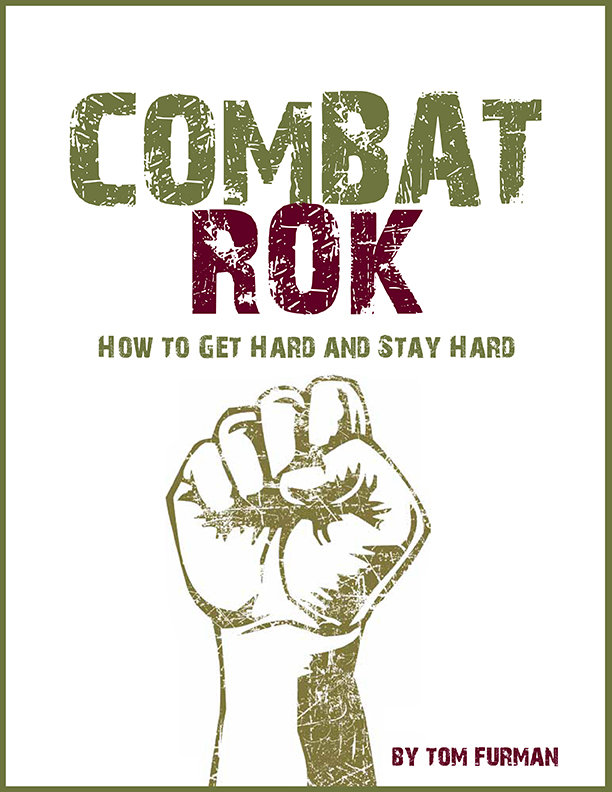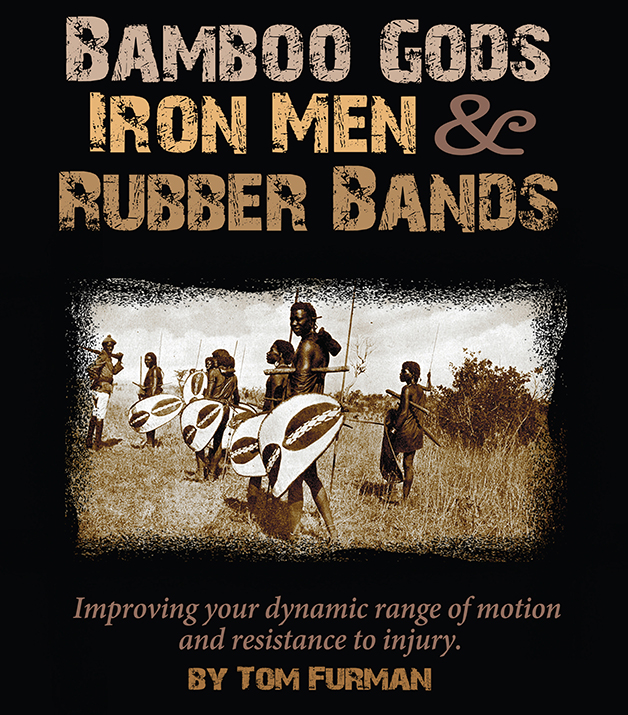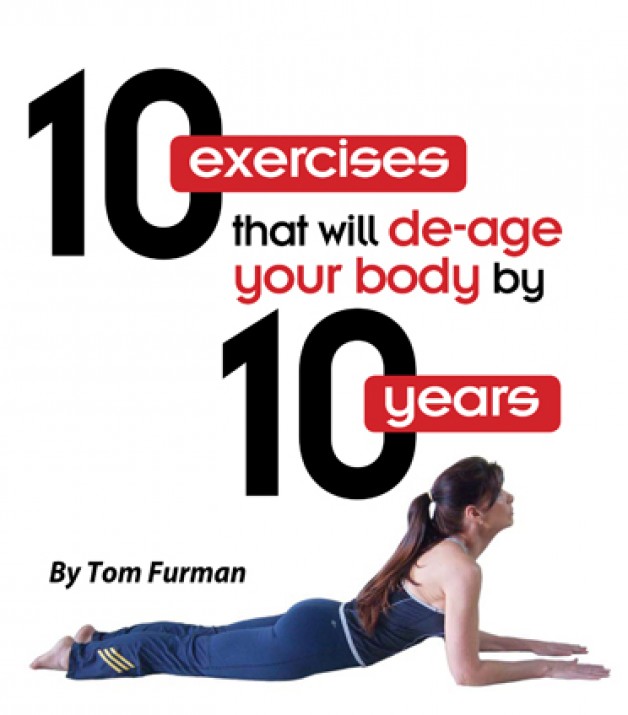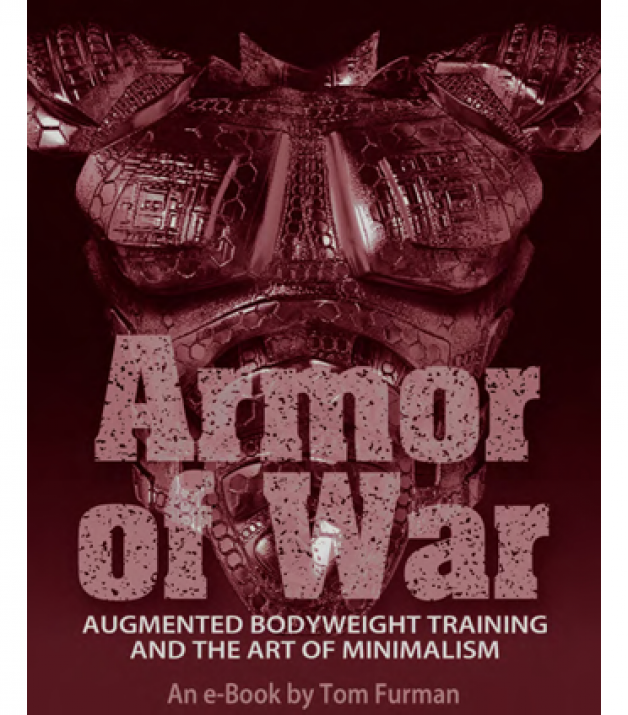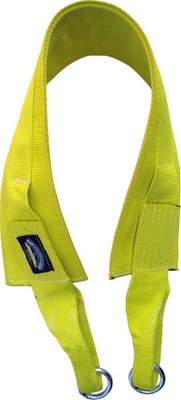
Eliminating Variables To Stimulate Improvements in Training.
I remember when as a child growing up in Pittsburgh, we had three channels on the TV. KDKA Channel 2/CBS, WIIC Channel 11/NBC, and WTAE Channel 4/ABC. Three choices on a black and white TV with rabbit ears. I found TV quite entertaining in the winter months when outdoor activity and daylight were limited. Three channels meant three choices and made the decision making process very easy. I grew up on a steady diet of Combat with Vic Morrow, Gunsmoke with James Arness, StarTrek, and Wild Wild West. Later on the Green Hornet was my favorite. The point is, there was limited variety, but generally good stuff. The more volume you get, the more you dilute the talent. Garbage in, garbage out. Today we have massive amounts of channels on cable or satellite. People will channel surf and find there is nothing of merit to watch. Too many channels, or variables makes life confusing and dilutes the product. Such is the case of variables in training.
A common problem with the over zealous training newbie is to add too many components to training too soon. Complex training programs are deep water and wading aimlessly for the beginner becomes an exercise in drowning rather than swimming for the finish line. The answer from many coaches and seasoned iron men is to “keep it simple”.
Training can be summed up with intensity (percentage of one rep max), frequency (how often), duration (how long), density (how much within a given time), volume (total amount of workload) and variation (making changes in the previous factors).
What if we fixed many factors and did all the homework for anyone who tries the routine? Eliminate variables left and right and pretty soon you are left with the cold reality of hard work, or as Nautilus inventor Arthur Jones said, “Outright hard work!”
Get ready to work and not think. This workout even contains bail out strategies for when “outright hard work” makes you all sick to your stomach.
The first variable is equipment. You will need some type of rings for pullups and dips. You can make them from Home Depot purchases, or go first class and buy the latest high end rings. The second piece of gear is either a dip/chin belt or an actual Super Squats Hip Belt from www.ironmind.com. The only other thing you will need is a pair of Rubbermaid Kitchen steps to stand on. These can hold 300 pounds a piece according to the label.
Barbell Plates, Kettlebells, or bags of rocks can serve as resistance. It doesn’t matter. Good equipment, like good food is cheap. You can find heavy stuff in a junk yard and hunt for good food in any wilderness area. No need for exotics here, they will dilute the formula.
Now the exercises. The low back and glutes will be fixed with no variation, but a simple exercise that can expose weaknesses and kinks in your structure. It is the Split Deadlift. Think of a split squat with the rear leg on a bench or stool, but in this case you deadlift. This is not to be confused with the one legged deadlift. That is an exercise that focuses balance, ankle stability, and the skill of isolating your hamstring. The Split deadlift allows more stability, but still allows you to air out any imbalances between your left and right sides. The performance of this exercise is simple. Place dumbells, a barbell, kettlebells, or rocks in front of your shins. Place one leg on a bench or stool behind you. Using superior form, with pressurization of the abdominals, you will perform a deadlift with one leg providing the force. You must push that leg through the floor as you come erect. Fold only at the hips, keep an arch in the back, and tighten the glutes at the top. When you finish your alloted reps, repeat on the other side. I suggest you start with your non dominate side. Form should be flawless, but expect to feel different from side to side. That is perfectly natural. This exercise can be done for five reps and 2 to 5 sets.
The next fixed component will be abdominals. We will follow the Reverse KISS method. That is, Keep It Stupid, Simple! You will Grease The Groove with the abdominal wall throughout the day. You will repeat for 3 to 5 days, 3 to 5 times per day, the Back Pressure Crunch, and Abdominal Vacuum. That’s it. Throughout the day, lay on the floor and tighten the glutes. This will create a hollow in the low back. You will tighten the abdominal wall and push the low back into the floor for a count of 3 to 5 seconds. That is one rep. Move to the kneeling position, and exhale all the air you can. You may do power breathing if you want to, but it is not necessary. Now raise the ribcage, and suck in the abdominals without inhaling. Hold for several counts and relax. That’s it. Simple and elegant. Repeat using the tried and true 3 to 5/3 to 5 GTG.
Now onto the meat of the workout. The corner stone of this methodology are exercises that allow you to use TIME, as the variable. How long you work will be the FACTOR. I will set some standards for you to aspire to,…but YOU must decide what TIME is the most cohesive archectecture for your individual athletic needs. The ability to work up to the TIME is the issue. You must have bail out mechanism in place to move onto less strenuous work when you don’t feel safe continuing with good form. This doesn’t mean cheating or having partners or doing forced reps. It allows you to have a ratio within the given TIME of pure work, vs compromised work, that will change until you reach your goals. When the goals are met, you can add TIME or resistance, or change workouts.
The exercises are next. They are simple. The belt squat is first. The ‘Bail-Out Mechanism’ is the ASSISTED belt squat, that is hands on the knees or any sturdy apparatus. The second exercise is the RING chin up. The Bail Out exercise would be the PARALLEL chin on the rings with the feet elevated, torso locked, and body parallel. The third exercise is the RING dip. It’s Bail Out movement is,..you guessed it, the Ring Pushup, with a possible third variation in the name of safety,..the Pushup on Parallettes. That’s it. If the murky chemistry of your grey matter is working correctly, you can see what is going on. When the first exercise becomes unsafe or nearing failure of form, you shift into the second phase of the exercise. This allows you to move until your time is up. The resistance will not change. You may take rests as long as you record them in your total number of reps, and the ratio of Pure vs Compromised Work.
As far as repetition speed. I’m fixing that as well. It will take you six seconds to do one full rep on any of the exercises. That can be 3 seconds up and 3 seconds down, 2 up 4 down, 4 up 2 down, or 2/2 with a second hold in the top and bottom position. As “The Rock” says, “It doesn’t matter!” Don’t make it complicated. That just adds to things that can go wrong. That will work out to 10 reps per minute. No explosiveness or Super slow reps in this format.
I am fixing the times now. The Time Under Tension will be variable here. I will set some goals then it is up to you to play with them after the initial adaptation. I’d suggest you stay with the program for six weeks. Ramp up with 3 weeks of progression, one back off week, then two more weeks of hard training. Sit down and look at your numbers, and decide to emphasize other training modalities, or have another go at “Painting Yourself Into A Corner”,…Limited Variables Training.
For the belt squat, the gold standard will be a 10 minute squat session of around 100 reps. You can ramp up with 2 minutes, 4 minutes, 6 minutes, 8 minutes, then 10. That will have you up and running by the third week. Remember, you can bale out early and use your arms (thus adjusting the load to a more systemic one). You can gradually shift to legs only training to get to the ten minute squat. Remember, trainee’s like Tom Platz, John Grimek, and Roger Collard all used some very high rep sets in training. You are sparing injury on your spine and reducing the compression by using the belt squat.
The time for the Ring Chin will be 3 minutes. That works out to be thirty total reps when you add the regular chins with the horizontal ones. Remember the regular chins will eventually be the bulk of the 3 minutes while the horizontal ones will diminish in number. Lastly the Ring Dips will occupy a 2 minute frame. They require more stability, and therefore are more taxing. If safety is a concern, you can actually bail out twice, going to Ring Pushups, and bailing out again to pushups on handles or parallelettes.
This training makes use of one extended set. It is NOT one set training to failure, but rather focusing on lower body squatting, upper body pushing, upper body pulling by gradual adaptation to training loads. Coaxing, not forcing,… changes in leverage, rather than forced reps, negatives, training suits, supplemental exercises, or chemical voodoo. You may break your time down into two efforts. That would be two 5 minute squat sessions, 2 ninety second chin sessions, and 2 one minute dip sessions. That is up to you and may be a better choice for the faint hearted or weak willed trainee.
I’d suggest you do the squat session with the low back on day one, and the upperbody on day two. Day three will be rest. That works out so you train on Monday, Tuesday, Thursday, and Friday. You can take Wednesday, and the weekend off. Those off days can be light mobility, agility, and cardiovascular ability days as part of your recovery. Your abdominal wall can be trained in the standard Grease the Groove formula, of 3 to 5 days, 3 to 5 times per day.
That’s it. If this training becomes easy, simply add more resistance and continue. Start with a reasonable weight in the belt squat to avoid crippling soreness. Bodyweight will be more than enough in the dips and chins. Painting yourself into a corner minimizes your means of escape. This workout allows you just enough wiggle room to improve without being confused. Now shut up and train.

